Jewelry Findings Guide: Essentials for DIY & Hypoallergenic Design
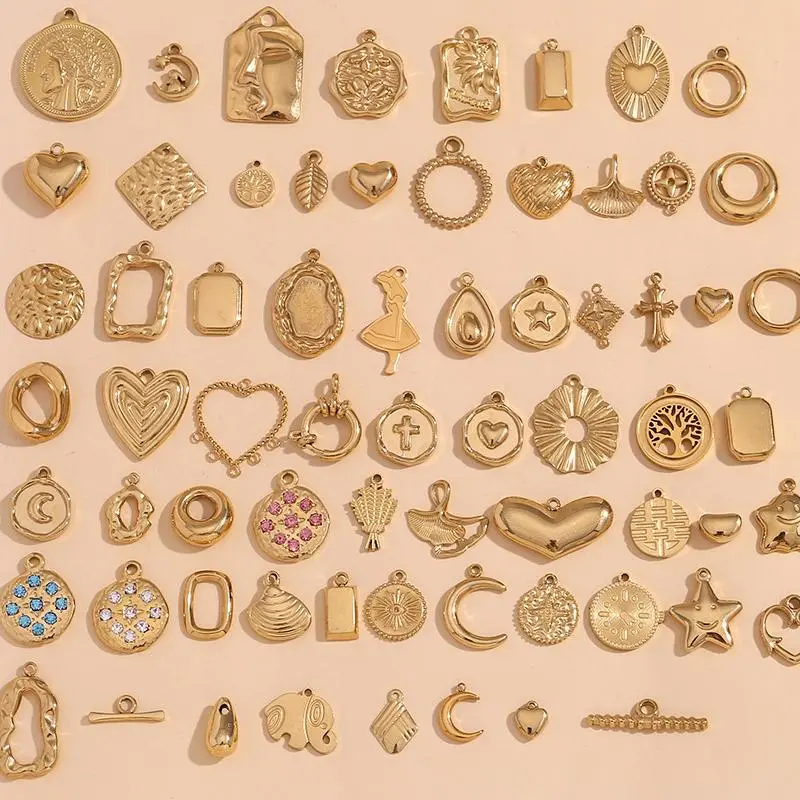
Key Takeaways
- Know your jewelry findings – closures, connectors, earring parts, finishing ends and supports – to craft safe and refined pieces.
- Select findings that complement durability, comfort and aesthetic so your jewelry will be both durable and appealing for a broad audience.
- Choose between base metals, precious metals, or hypoallergenic options depending on your budget, design style, and those with sensitive skin.
- Determine the quality of findings – feel them for weight, and check the finish and mechanical function before using them in your designs.
- Don’t make rookie mistakes like using cheap or mismatched findings, which can affect the durability and aesthetics of your jewelry.
- Go green with sustainable and eco-friendly finding choices to back responsible jewel crafting and woo earth-aware buyers.
Jewelry findings guide provides concise information on the smaller components used in jewelry manufacture and repair.
These pieces are clasps, hooks, jump rings, ear wires and pins. Each finding has a specific task, keeping pieces sturdy and wearable.
Plain language assists novice makers and experienced crafters select the proper bits. Awareness of these fundamentals can assist in completing projects with lower anxiety.
The following section deconstructs each finding and its primary utility.
The anatomy of jewelry findings
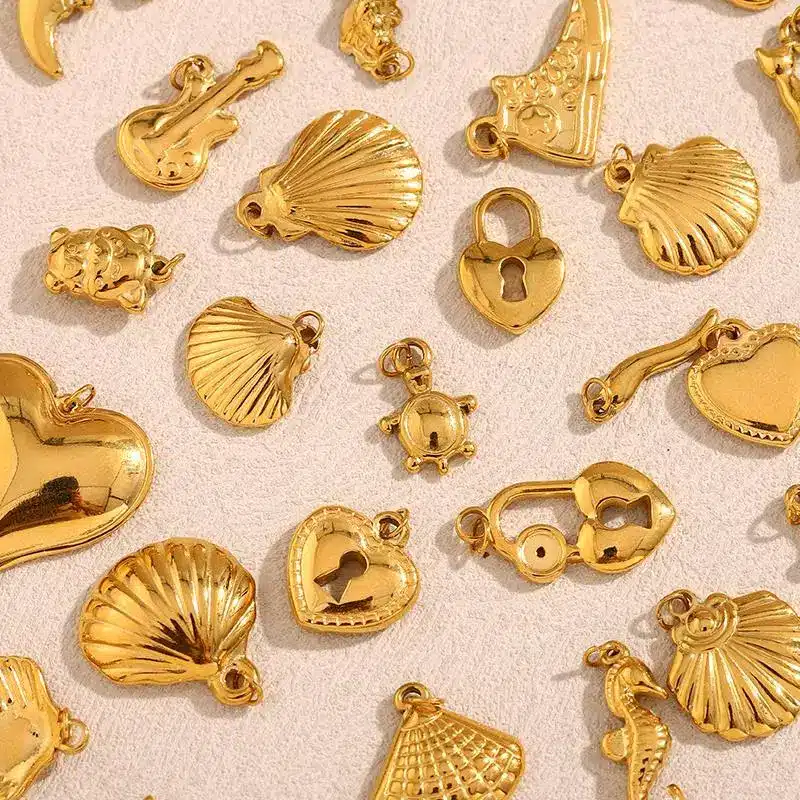
Jewelry findings, such as sturdy clasps and jump rings, are those little unsexy parts that hold jewelry pieces together. They operate behind the scenes to add form, function, and fashion to various jewelry designs.
1. Closures
Clasps are the primary closures that secure jewelry. There are many types: lobster claw clasps are popular for their strong hold, while spring ring clasps are common in delicate chains. Toggle clasps add to the bling, often used when appearance counts as much as utility.
Magnetic clasps are especially helpful for those with weak hands. Selecting a clasp isn’t just a style choice. Strong choices like lobster claw or quality toggles ensure your jewelry endures and stays put.
2. Connectors
Jump rings and split rings attach individual jewelry components. Jump rings vary in size and gauge, so you can tailor them to your project—smaller, stiff rings for necklaces, bigger rings for statement pieces.
Split rings are like mini key rings, so they are stronger for heavy pendants. Closed jump rings present seamless joins, which are excellent for heavily worn pieces. Closed jump rings, for instance, can keep a pendant secure on a chain whereas open jump rings allow for simple swaps.
3. Earring parts
Earring findings have evolved much over time. Today, things like leverbacks, ear harps and kidney wires provide more styles to choose from. Leverbacks are safe and compliment drop earrings.
Kidney ear wires work for pieces that need to hang lower on the ear, without weighing them down. Earring posts and earnuts, in rubber, metal or plastic, secure stud earrings comfortably. Hooks and clips afford the opportunity to experiment with new designs. Secure findings keep those earrings from getting lost.
4. Finishing ends
Crimp beads clasp wire ends securely in beaded jewelry. Knot covers provide a clean edge to knotted strands, while bead tips can conceal knots and give your creation a polished appearance.
Select the finishing end for your stringing material–crimps for wire, knot covers for silk or thread. French wire, often in conjunction with silk thread, is used to prevent wear at the clasp.
5. Structural supports
Wire guardians safeguard wire from fraying at stress points. Chain tabs are what allow you to easily affix chains to pendants or clasps. Occasionally more substantial pieces require additional support, such as bead frames or bails, to maintain their form and secure pendants.
Experiment with various supports to amp up strength and style.
Why findings define your jewelry
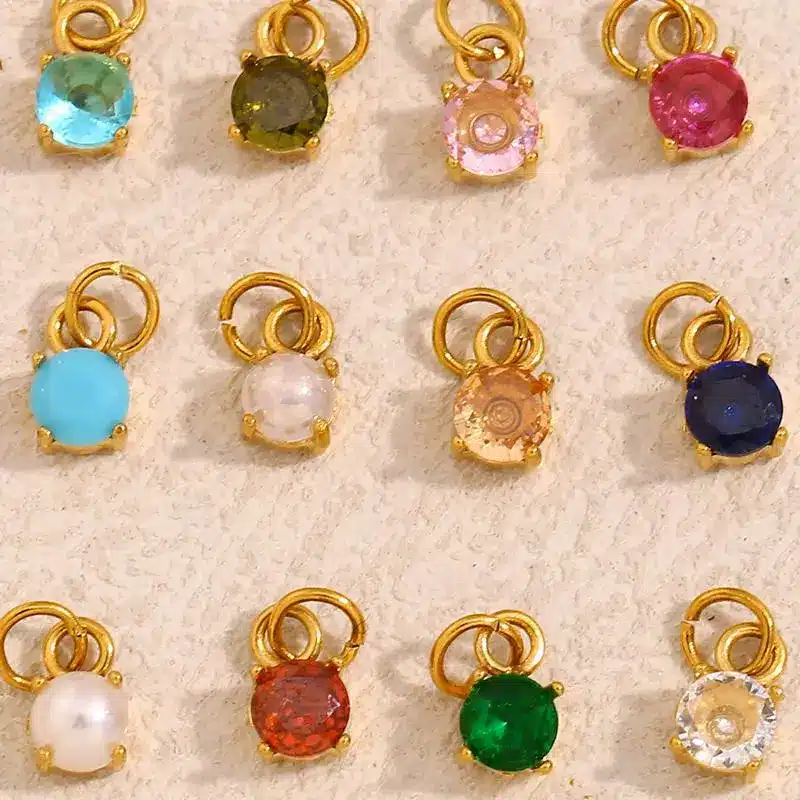
Jewelry findings are the tiny little components that make it all happen in jewelry design. They’re not just about attaching elements; they enhance the jewelry’s appearance, texture, and durability. The right jewelry findings, from sturdy clasps to eye pins, can significantly impact the final jewelry piece.
Functionality
Findings determine a piece’s usability. Carefully selected clasps — such as a slide clasp for multi-strand necklaces — make your jewelry easier and faster to put on or remove. Plain lobster clasps are another alternative that provides a tight grip, which comes into play when you’re wearing it every day.
Some findings, such as jump rings, are available in a multitude of sizes. This enables jewelers to coordinate them with various chain gauges or bead sizes, so every creation can suit multiple requirements. For the novice jeweler, user-friendly findings assist in simplifying piece construction.
Connectors like wire guardians and crimp tubes, as well. They prevent threads and beading wires from fraying or snapping, ensuring the jewelry withstands multiple wears. A lot of jewelry – from beaded bracelets to chain necklaces – rely on these little parts. They permit an eclectic blend of methods, be it stringing, wire wrapping or linking.
Durability
Solid metal findings, such as sterling silver or stainless steel, tend to be more durable than plating or base metals. The thickness, or gauge, of a headpin or eyepin is just as important. Thicker pins support heavier beads, while thin ones may bend or snap. For jewelry worn every day, beefier findings equal less repair work.
Certain materials react to light or sweat or water. For example, plated metals may tarnish sooner when worn in humid locations or while exercising. Putting a little money into findings that balance both strength and looks can help pieces stick around longer.
Crimp tube-wired pieces, or those with wire guardians, typically hold up longer because these findings shield vulnerable spots from harm.
Comfort
Wear comfort is defined by findings as well. Hypoallergenic ear wires, such as surgical steel or titanium, ward off skin irritation, particularly sensitive skin. Lightweight findings, particularly for earrings, prevent them from pulling down the earlobe.
Experimenting with various earring backs—rubber, butterfly, screw, for example—is a way to discover that fit and comfort is individual. Clasps and connectors need to lie flat to the skin. Pointy edges or heavy shapes can rub or scratch, so smooth findings are nicer for all-day wear.
Aesthetics
Decorative findings, such as ball headpins or fancy toggles, give your design pizzazz. Matte or shiny finishes allow artisans to coordinate findings to their vision, from timeless to contemporary. Distinctive findings, like kidney ear wires or fancy links, can even be a feature in a piece.
The perfect mix of size and shape guarantees findings don’t dominate the primary design.
Choose your finding materials

Selecting your finding materials defines the way your jewelry appears, endures, and carries. Each metal type offers its own combination of worth, fashion and protection, which counts whether you’re a novice or a seasoned crafter. The chart below separates some key properties for quick comparison.
|
Metal Type |
Durability |
Tarnish Risk |
Hypoallergenic |
Price Range |
|---|---|---|---|---|
|
Brass |
Medium |
High |
No |
Low |
|
Copper |
Medium |
High |
No |
Low |
|
Sterling Silver |
High |
Medium |
Sometimes |
Medium |
|
Gold-filled |
High |
Low |
Yes |
High |
|
Surgical Steel |
High |
Low |
Yes |
Medium |
|
Titanium |
Very High |
Very Low |
Yes |
High |
Base metals
Brass and copper are the two base metals you find most commonly in jewelry findings. Makers use them for jump rings, clasps, and ear wires as they’re easy to bend and shape. Both metals appear in everything from chunky statement pieces to delicate chains.
The primary appeal of base metals is cost. They’re less expensive, so they’re our favorite choice for trying something out or practicing new designs. They’re great if you want to do a bunch of pieces without a lot of expense.
They have their pitfalls—copper and brass can tarnish quickly, becoming green or dark brown. This occurs when they respond to moisture or air. Some folks develop skin irritations from these metals, particularly if they perspire or wear the jewelry for extended durations.
You can slow tarnishing by storing finished pieces in airtight bags or using a thin clear coating on the findings. Wiping them down after each wear will help too. For anyone just starting out or needing to keep costs down, base metals are a solid choice, but it’s smart to plan for some upkeep. They work for casual or trendy jewelry but may not last as long as higher-end options.
Precious metals
Sterling silver and gold-filled jewellery findings are very popular for their luster and durability. Sterling silver, composed of 92.5% silver and 7.5% copper, provides a shiny appearance and strong durability. Many jewelry makers opt for gold-filled findings—particularly 14K or 18K—since they’re more difficult to scratch and typically safe for sensitive skin. These metals serve as excellent choices for dressier, fancy, or more permanent jewelry pieces.
These metals are an upgrade for dressier, fancy, or more permanent pieces. Precious metals might be a little more expensive initially, but they hold their value and shine longer. You spot them in premium items, like engagement rings or heirloom earrings, where the finish and touch count.
There’s plenty to do with these metals. Makers can opt for matte, polished, hammered, or brushed finishes, allowing each piece to shine. The right jewelry findings can transform the appearance from strong to gentle, contemporary to timeless.
Hypoallergenic metals
Or those suffering from dermatitis require hypoallergenic metals. Our favorites are surgical steel, titanium, and occasionally niobium. Titanium is particularly non-reactive, and surgical steel is used in medicine for that reason.
Selecting hypoallergenic findings reduces itching, redness, or rashes. This is especially key for earrings, which touch the skin all day. Will trusted sellers show these details.
- Common allergens to avoid:
- Nickel
- Cobalt
- Brass with nickel plate
- low-grade stainless steel
How to select quality findings
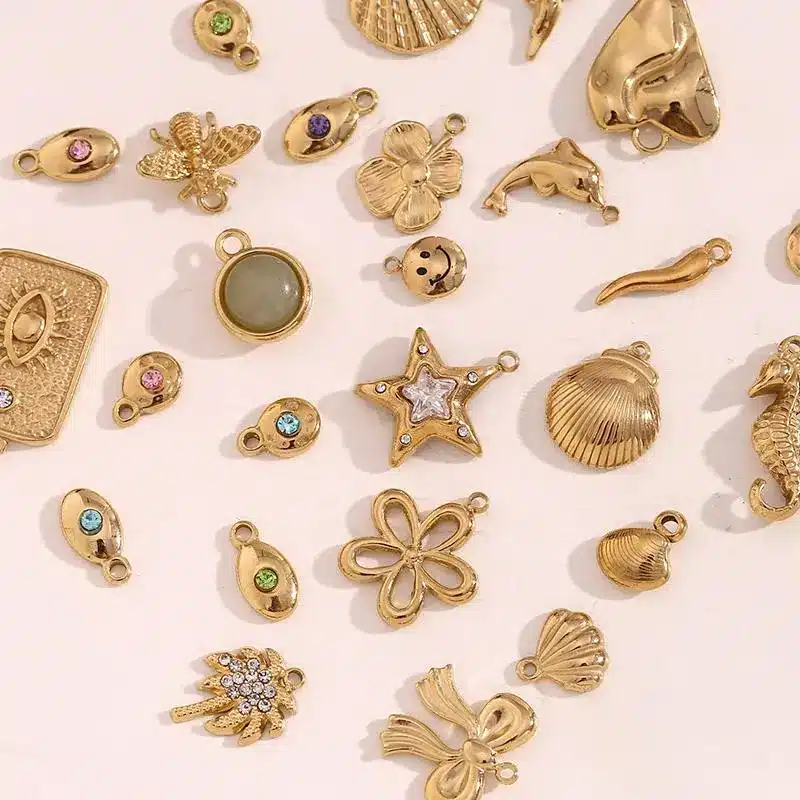
Choosing quality findings is crucialfor the appearance and functionality of every piece. Content, vendor credibility and good structuring all aid in picking quality results. Apply a transparent findings checklist before purchasing, and cross-shop by price and durability. Trusted vendors, the ones with the track record of quality, steer clear of problems like tarnishing or premature wear.
Good records of your prototypes’ inventory come in handy when finding matching parts for new projects and preventing waste.
Check the weight
Be certain the weight of your findings matches the style of your jewelry. Heavy findings can pull down necklaces or earrings causing discomfort to the wearer. For instance, a big pendant goes with a durable clasp, but tiny stud earrings require featherweight backs such as butterfly clasps for coziness.
Check the weight with a scale. That tones down the piece and makes it wearable over long stretches. If findings are too light, they can feel flimsy and snap. For drop earrings, leverbacks are great because they are counter-weighted and hold the earring in place.
You should always balance the weight of findings to bead size and style for a finished piece that feels ‘right’ when worn.
Inspect the finish
Examine the top of each metal finding. The finish needs to be smooth, with no sharp edges or rough patches that might scratch or irritate skin. Solid metal alternatives, such as sterling silver or 316L stainless steel, are more durable and tarnish resistant than plated or coated metals.
They’re ideal for sensitive skin – hypoallergenic metals decrease the likelihood of allergy. Test the finish by running your finger over it and seeing if it flakes. A swift swipe with a soft cloth will reveal if the finish rubs off.
Good discoveries retain their luster and touch long after numerous engagements, therefore longevity is essential. If you purchase findings in mass, then seek out uniformity in color throughout all pieces. Trusted finishes preserve jewelry’s appearance.
Test the mechanics
Mechanical elements such as clasps, jump rings and earring backs should operate effortlessly and firmly. Clasps need to open and close without sticking, and jump rings should retain their shape when pulled. Grab some pliers and gently press on connectors and watch if they remain firm.
Fragile parts can snap and lose beads or pendants. For earrings, test various backs. Leverbacks snap back behind the ear for security and butterfly backs are easy to remove and comfortable to wear every day.
Both of them secure earrings and prevent loss. Ensure all hinges and components withstand daily use without degrading.
Match the project
Choose findings that match your project theme and materials. Style, color and size must coordinate for a cohesive appearance. For instance, gold-plated findings complement warm-toned beads, whereas silver pairs well with cool stones or glass.
Make sure that the finish matches other metal parts. The sort of finding is important as well. Headpins secure beads with a flat-ended head, whereas eyepins feature a loop for threading.
Employ the proper style for the task. Keep a list of your findings and their uses handy for planning.
Common pitfalls to avoid

Selecting the perfect jewelry findings is essential for both style and usability. A lot of folks fall into basic blunders that can impact how jewelry feels, wears and endures. Dumb discoveries are the most common. Less expensive metals, frail clasps or delicate jump rings can snap quickly or fade.
For instance, a low-quality lobster clasp can break after a few wears, resulting in lost charms or pendants. Going for discoveries created of stainless steel, silver or gold-loaded materials can help maintain pieces sturdy and gorgeous.
Don’t forget about allergy concerns. Some discoveries have nickel or other metal, which makes you break out. Sensitive skinners can get rashes or irritation from wearing earrings or chains with these metals.
To circumvent this, pick hypoallergenic choices such as titanium, niobium or surgical steel. Going the extra mile to double-check what you’re buying helps make jewelry safe for all.
They frequently have a mismatch in their findings. The wrong color or style of findings can make jewelry look off. For example, combining a shiny gold clasp with a matte silver chain can interrupt a design’s flow.
Best to coordinate the color and finish of findings with the piece for a polished, cohesive appearance. Thinking ahead and laying out everything prior to assembly catches these that much sooner.
Sizing and fit do matter, too. Results that are too small or too large might not secure beads or chain links properly. Thin jump rings can bend, and oversized ones won’t fit through bead holes, for instance.
Applying results that mesh with the rest avoids time and assembly issues. Measuring chains and findings prior to beginning a new project makes certain everything fits as planned.
Too much jewelry at once can divert attention away from a good design. A couple of good ones tend to look better than a lot at once. Mixing too many metals is dicey.
If not carefully executed, it can jar. Pairing jewelry with the cut of clothes keeps the entire ensemble feel cohesive. For instance, a short necklace pairs nicely with a v-neck, whereas a long pendant complements a crew-neck.
Water, dirt and bad storage — all these things can be hard on jewelry. Removing chunks before swimming, washing frequently, and keeping them in soft pouches or lined boxes preserves their longevity.
Selecting jewelry that complements your skin tone and matches the occasion keeps your style in check.
Beyond the basics: sustainable findings
Sustainable jewelry findings–it’s more than a trend. They assist in reducing damage to earth and humans. The real problem in the jewelry industry is the impact mining and raw materials have on the earth and communities. A lot of metals require mining, which can harm land, water and air. It’s not easy to source, either. It’s difficult to track the origin of a metal, so sourcing ethically requires extra effort.
More and more makers are searching out eco-friendly & recycled metals for their jewelry pieces. For instance, recycled sterling silver jump rings, ear wires, and chain links avoid the necessity of fresh mining. Brass and copper from recycled sources, as well, are highly utilized. These decisions contribute to keeping waste and pollution low in jewelry workshops across the planet.
Seeking out vendors who support ethical sourcing is essential. Others have suppliers willing to disclose the sources of their metals and their treatment of employees. Fairmined or Fairtrade certifications demonstrate that a supplier adheres to rigorous standards for the planet and the people.
Of course, there are little workshops or local artists who use scrap metal or upcycled pieces to create various clasps and findings. It’s a great way to reduce your footprint and promote equitable work. Definitely check supplier notes, ask questions, and read reviews–just to get an idea of their proclamations.
The entire lifespan of a jewelry finding is important as well. An intelligent designer considers the end life of jewelry when it breaks or is discarded. Selecting findings made from solid metals, such as gold or silver, means they can usually be re-melted or repurposed into new jewelry designs.
Easy-to-recycle components like simple clasps, jump rings, and ear hooks are a lot more accessible than mixed-material findings. Others, such as leverback ear wires, provide added benefit by securing earrings and reducing loss and waste. Magnetic clasps are convenient, but optimal for delicate pieces.
For stringing beads, crimp tubes and covers in recycled metals are great and can be reused if removed carefully. Here are some clear options for sustainable findings to use in your jewelry design projects.
- Recycled sterling or gold jump rings, clasps and ear wires
- Brass or copper findings from post-consumer sources
- Fairmined or Fairtrade certified gold or silver findings
- Handmade, hand-stamped findings from local artisans with scrap metals
- Leverback ear wires for secure and long-lasting earrings
- Simple magnetic clasps for lightweight projects
- Reusable crimp tubes and covers for beadwork
Conclusion
Jewelry findings bind each piece together and define the appearance. Choosing the perfect clasp, jump ring or ear wire can transform an otherwise uncomplicated design into a powerful, polished piece. Fine findings go the distance, wear comfortably and protect your work. Lots of makers now care about eco-friendly picks, like recycled metals. Gold, silver, brass and steel all bring a different vibe, so match them to your style and needs.
Check for weak spots and verify fit one more time before you finish. Keep your eye open—great findings can take your piece over the top. Looking to take your next project to the next level? Experiment with a new style of finding or an exotic material and experience how it transforms your work.
Frequently Asked Questions
What are jewelry findings?
Jewelry findings are the essential small components, like sturdy clasps, jump rings, and ear clips, used to join, complete, or embellish jewelry, ensuring secure jewellery and holding the overall jewelry designs in place.
Why do findings matter in jewelry design?
Findings, such as sturdy clasps and quality jewellery findings, significantly affect the durability, appearance, and function of jewelry. Great findings ensure that pieces, like dangle earrings and beaded necklaces, are comfortable and stylish.
Which materials are best for jewelry findings?
Common materials for jewellery include stainless steel, sterling silver, gold, and brass, with hypoallergenic options for sensitive skin ensuring secure jewellery that looks great.
How can I tell if findings are good quality?
Look for smooth finishes, tight closures, and uniform color in your jewellery findings. Stay away from tarnished or weak-looking parts; quality jewellery findings seem solid and work without any gaps or sharp edges.
What are common mistakes when choosing jewelry findings?
Typical mistakes in jewelry making include using mismatched metals, low quality materials, or the wrong size for your jewelry design, which can break down jewelry or irritate your skin.
Are there sustainable options for jewelry findings?
Yep, tons of brands have jewellery findings crafted from recycled metals or other green materials. Finding certifications or supplier transparency is great for ensuring sustainable jewellery design.
Can jewelry findings affect skin sensitivity?
Yes, metals like nickel may lead to skin reactions. Opt for hypoallergenic jewellery findings, such as stainless steel or titanium, to minimize the potential for irritation.
Related Posts
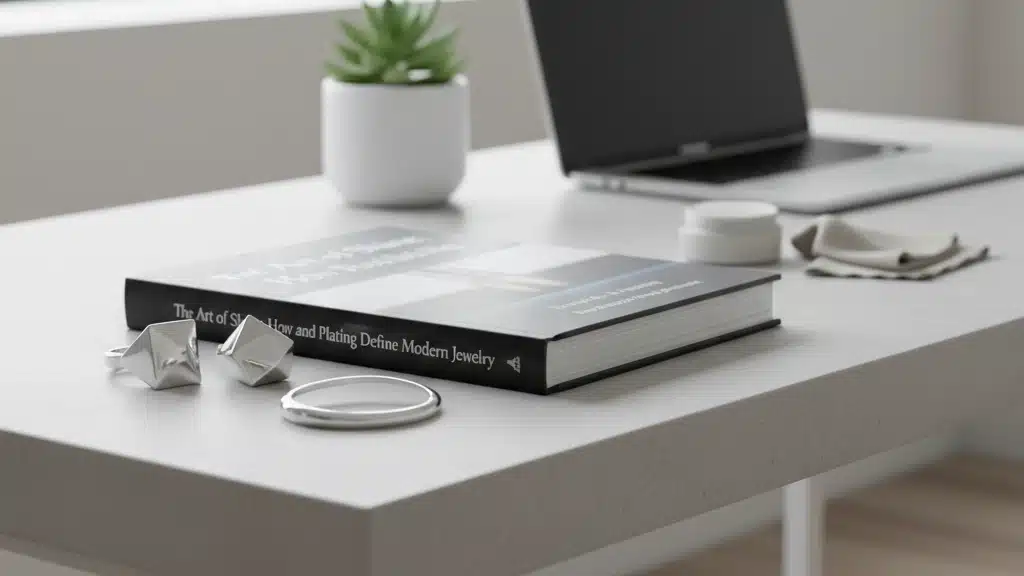
Understanding Wholesale Jewelry Pricing and How It Works
Understanding Wholesale Jewelry Pricing and How It Works When people see a ring that costs $6 wholesale and retails for $59, they often
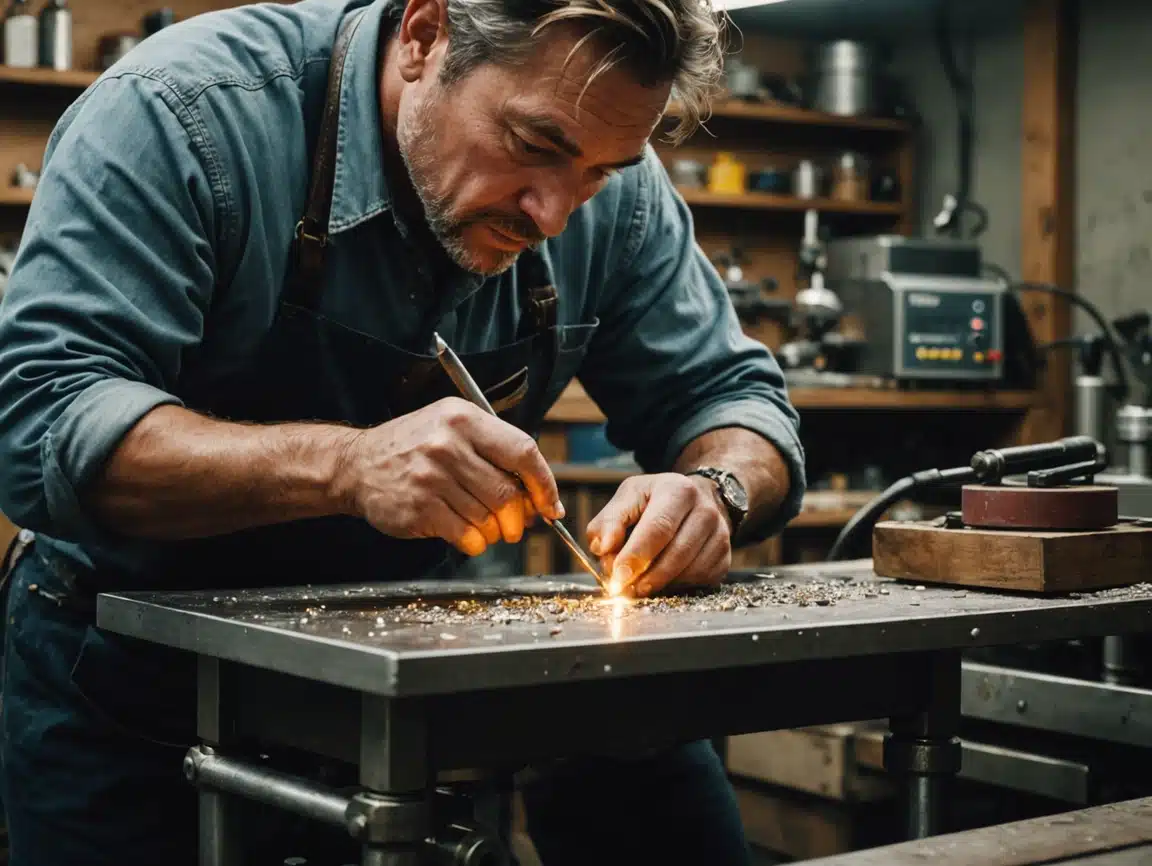
The Art of Shine in Jewelry Polishing and Plating Techniques
Discover how polishing and plating transform modern jewelry with expert techniques for lasting shine and elegant finishes.
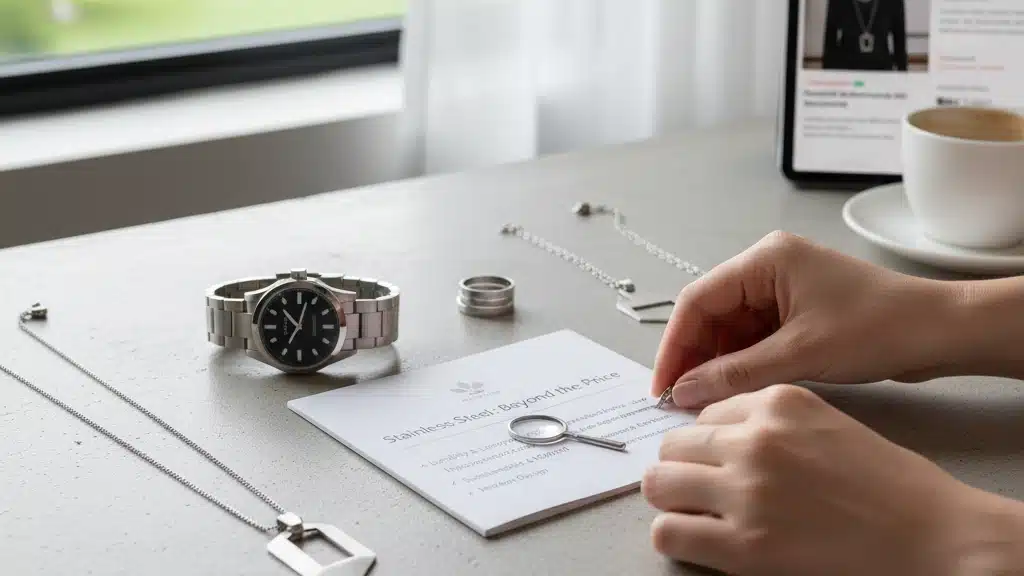
Τι Νοιάζει Πραγματικά τους Αγοραστές Ανοξείδωτου Κοσμήματος Εκτός από την Τιμή
Τι πραγματικά νοιάζει τους αγοραστές ατσάλινων κοσμημάτων πέρα από την τιμή ανθεκτικότητα υποαλλεργικά υλικά και μοντέρνο στυλ.
